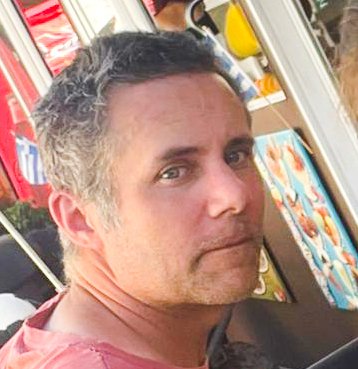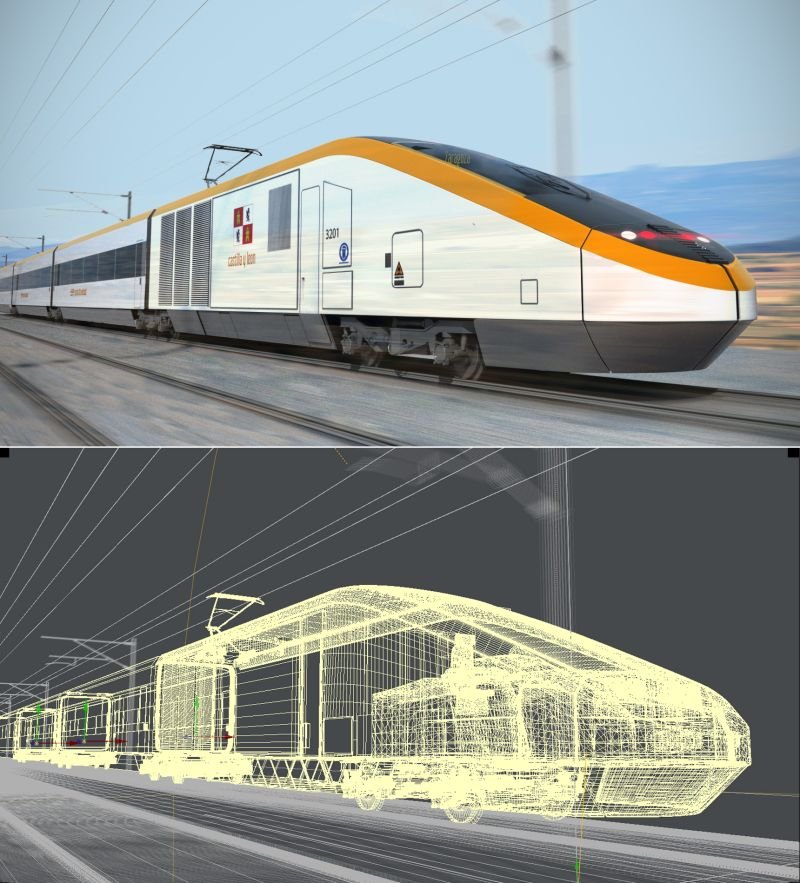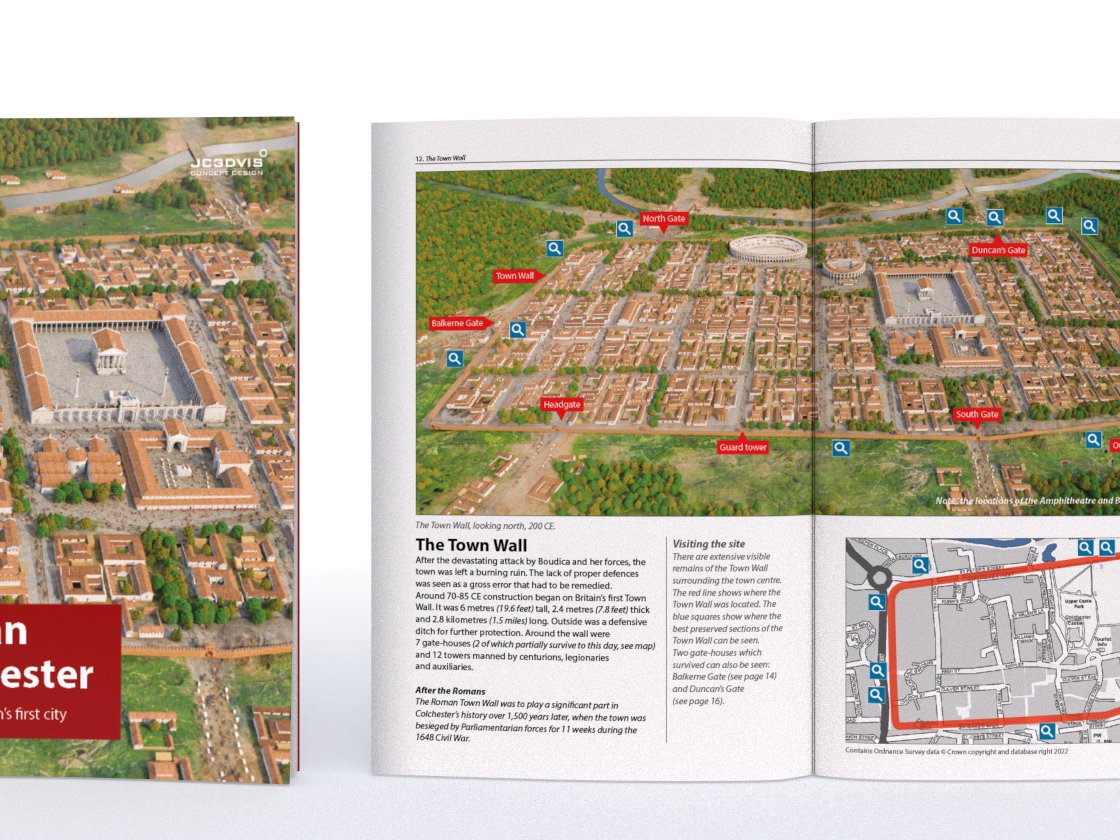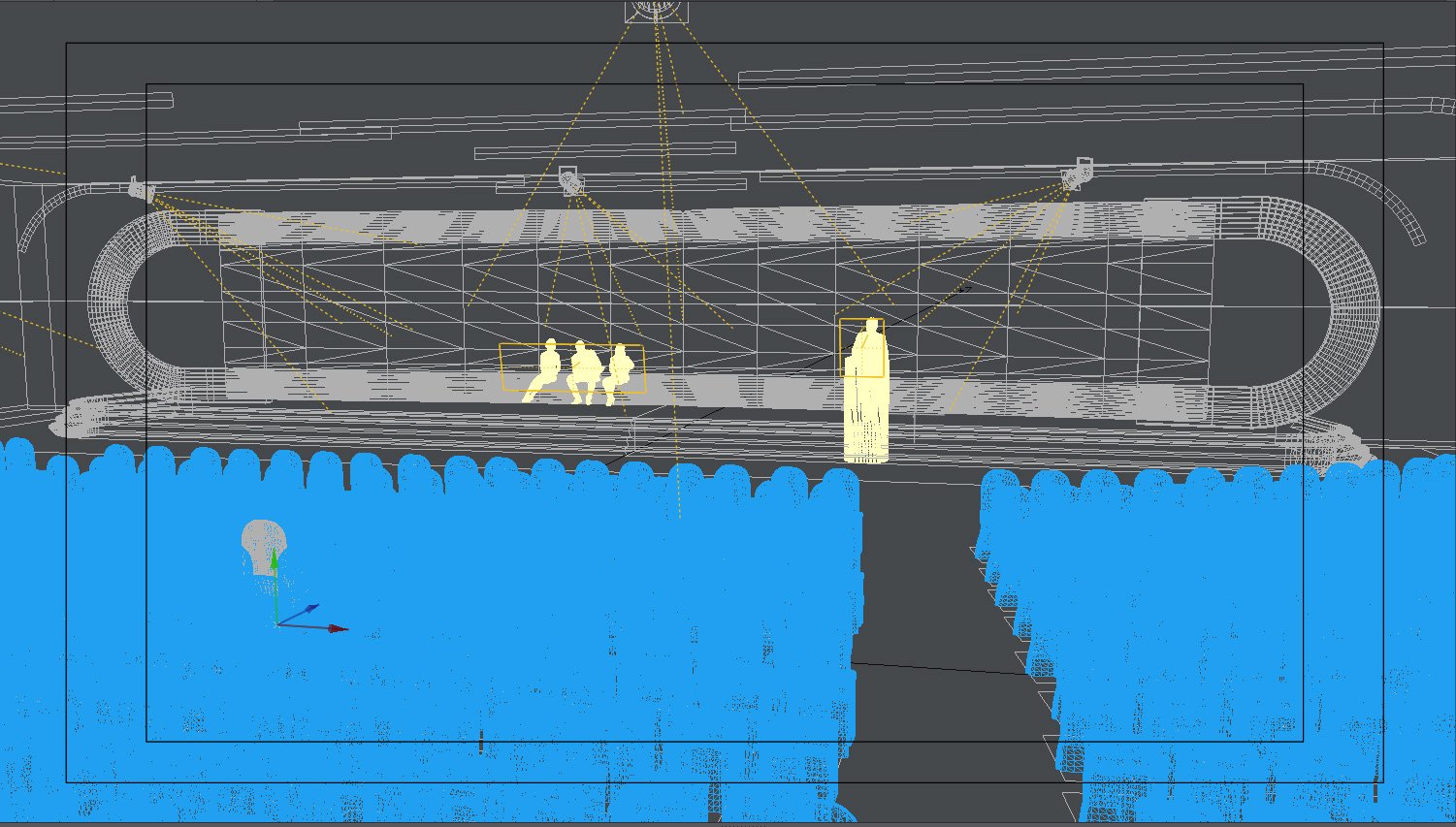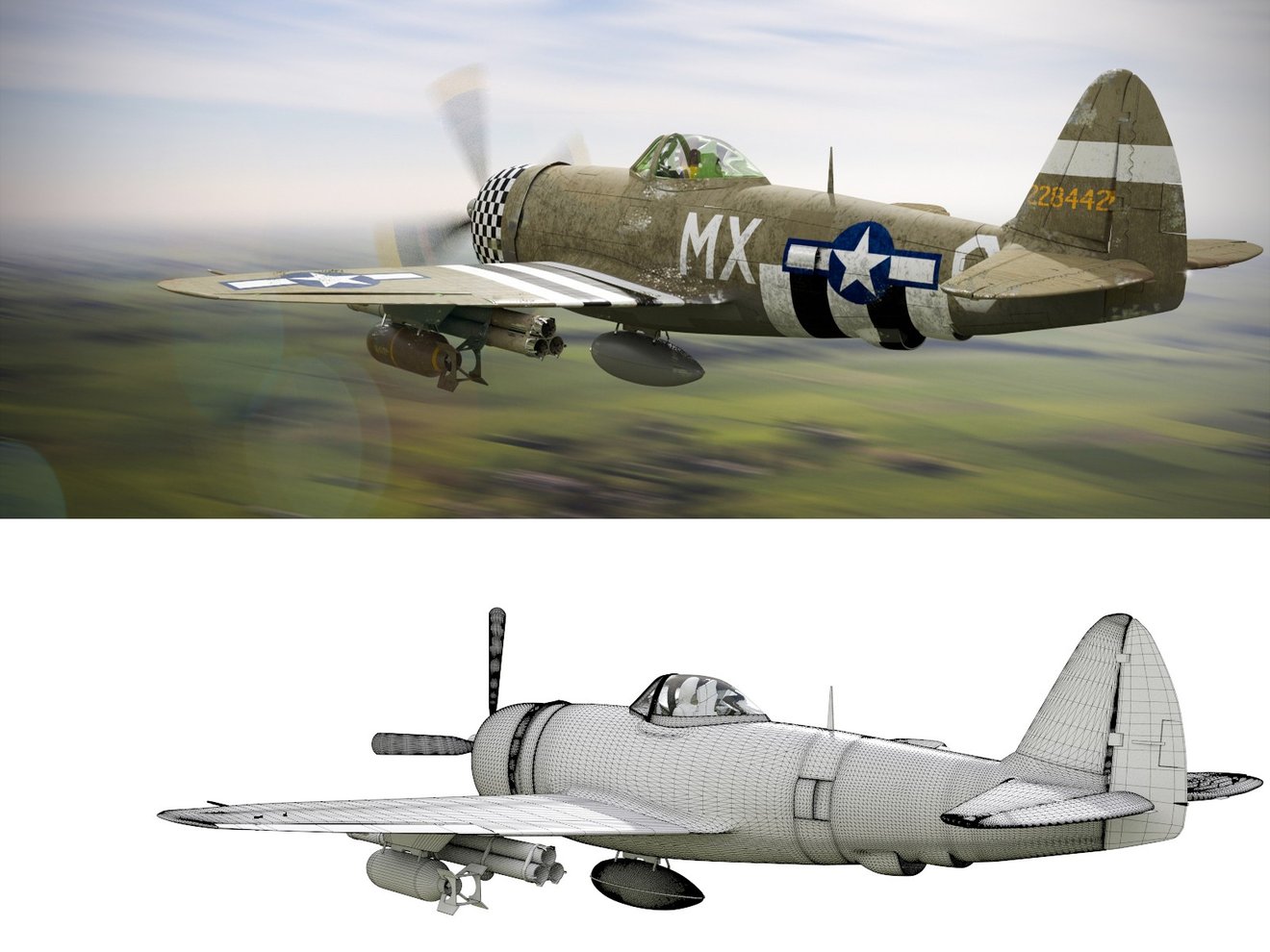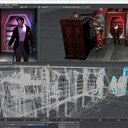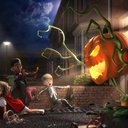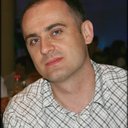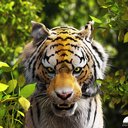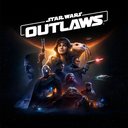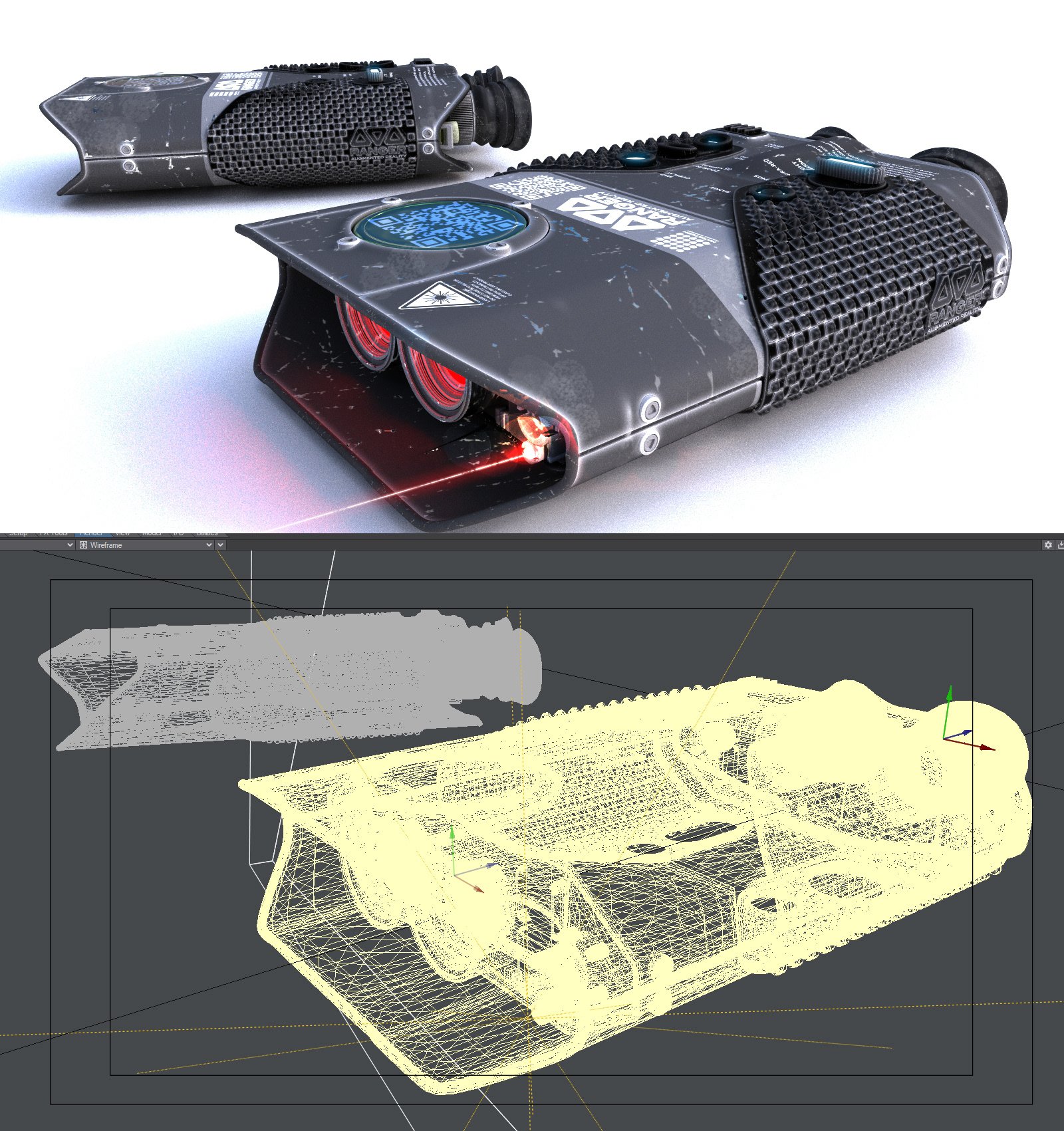
Artist focus - Joseph Chittenden
Colchester LightWavers say hurray!
LightWave Digital: Tell us about yourself, Joseph.
Joseph Chittenden: I am a freelance concept designer visualising the future and the past. I have produced concepts and visuals of 3D spaces such as exhibition stands, retail and POS for companies such as Tesco, Lotus sports cars, T-Mobile, Honda, HM The Cabinet Office, Superdrug/3Phones, Colchester Tourist Office and others on behalf of design agencies, working in countries including the United Kingdom, United Arab Emirates and Austria.
LD: How did you get started?
JC: I studied Industrial Design at degree level at the Sheepen Rd Institute in Colchester and have always been interested in design and illustration. Star Wars, 2000 AD, Seymour Powell and Syd Mead are my main inspirations. Having lived in-designs, rather than super-slick designs has always interested me. At college, we had a program called Raydream, which was not great. I then used a program called Form-Z. I think a friend introduced me to Lightwave 3D 5.5 way back in 1999.
LD: Your saying that 2000 AD is one of your inspirations is intriguing. Do you picture Colchester becoming part of a Megacity as London expands? (it's not 100 % a serious question 😆)
JC: I hope not 😊 My main inspirations from 2000 AD was Strontium dog and Judge Dredd, with illustrations by Carlos Ezquerra and Colin McNeil
LD: Hey, I’m a Colchester native, too! Like you, I studied at the Sheepen Rd Institute and count 2000AD and Syd Mead as inspirations. What projects have you used Lightwave 3D on?
JC: I have used LightWave 3D for over 20 years for a wide range of projects including particle physics, astronomy, retail, exhibition, transport, archaeology and many more.
LD: Do you ever do animated visualisations? I'm thinking of stand design, particularly, for the flow of visitors
JC: I have never got on well with doing animations, so I avoid doing them unless they are very simple. I know Lightwave 3D is great for them, but I prefer still images.
LD: I see lots of great visualisations of towns in Roman times on your site, but do you have a concept of what a future Colchester might look like, for example?
I have never considered doing a concept of Colchester in the future, but it's an interesting idea. I have produced concept designs and visualisations of future products and vehicles for clients, so maybe that could be a future job.
LD: In your picture of Roman Colchester, how big an area is that? The top of North and East hills, where the modern town centre is?
It covers the entire walled Roman settlement from Balkerne Gate in the west to East Gate at the top of East Hill. It also shows the Roman Circus in the south.
LD: How did you get involved with these Roman visualisations? Did it start with Colchester?
JC: I couldn’t see any books that showed what Roman Colchester looked like, so I thought it would be an interesting project and I had a contact at the Colchester Archaeological Trust who could help me. I had produced a watercolour map of Colchester a few years before and had contact with the brilliant archaeological illustrator Peter Froste, who was a great help. The illustrations then turned into a book which is selling really well. From there I started doing visuals of other Roman sites, such as Lincoln, Winchester, London and others. These also proved popular with museums and bookshops.
LD: What would you like LightWave to do better?
JC: I have never found the UV unwrapping very easy, I tend to use endomorphs with UV maps which works pretty well. The main thing I would improve would be more tutorials about lighting. I have pieced together bits about rendering over the years, but that would be really helpful. In terms of improving the actual program, I can think of barely anything, maybe more parametric things, like the procedural geometry nodes in 2024. I haven’t yet used the latest version of LightWave, although I have bought it. Maybe an updated renderer? More accurate cameras with bloom, DOF, etc? That said, combined with Photoshop, I get almost all I need.
LD: What are your favourite tools in Modeler and Layout?
JC: Ease of use is the main thing for me and that I can trust it on live projects. For my archaeological reconstructions, I need to render thousands of trees, people, and hundreds of buildings and Lightwave 3D 2020 can do all that at print quality in a couple of hours. It's also easy to amend parts if required. The instancing is absolutely brilliant, the sheer amount of items in my Roman renders is huge and it happily renders large images in reasonable times. The renderer is very nice and renders with visible edges are very useful. The Material nodes are very good and in Modeler, I find Chamfer is very useful. In fact, lots of little things like different selection types are very useful. Overall I think it’s a really nice set of programs.

